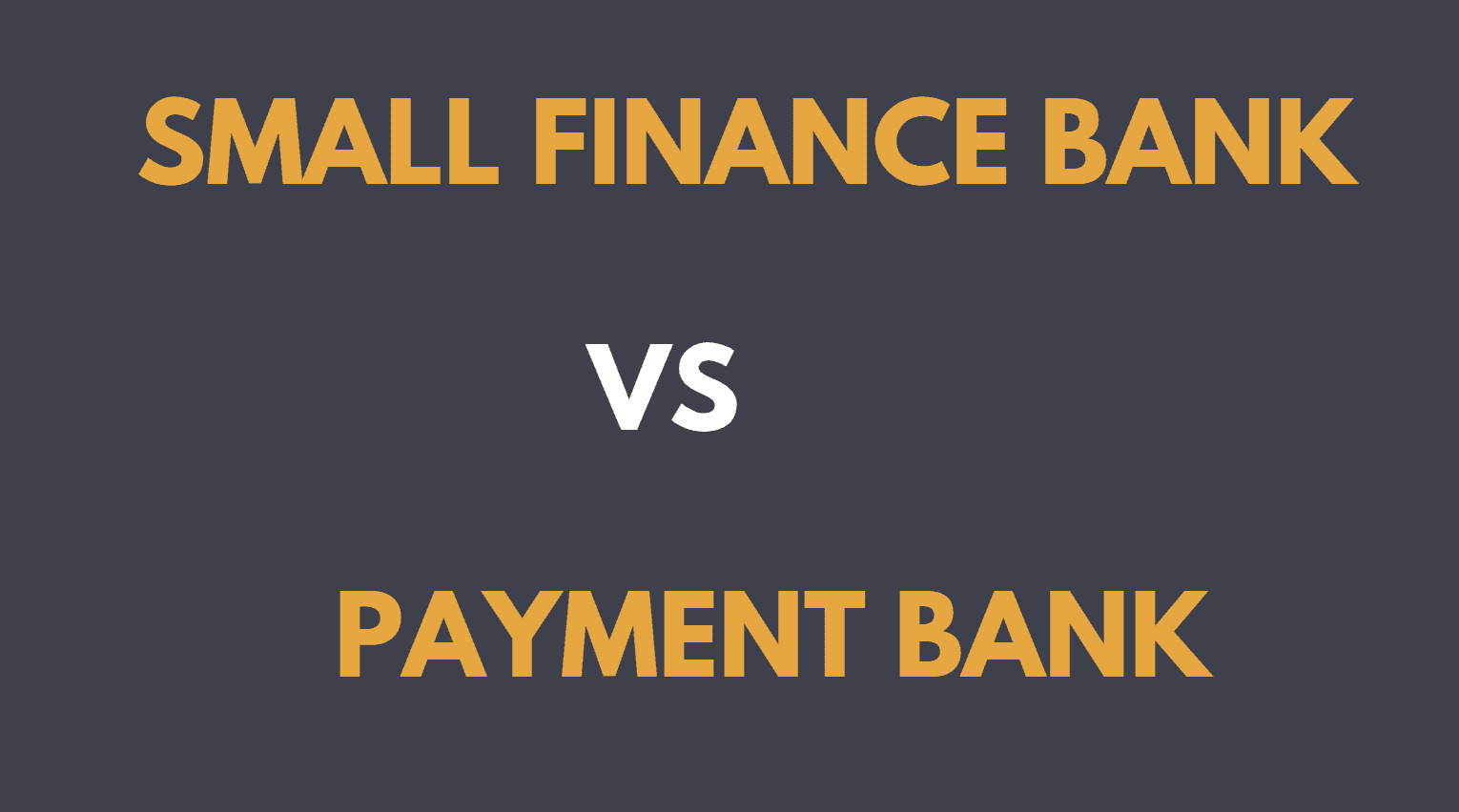Banking institutions in India are primarily of two types: scheduled and non-scheduled. Any bank that is listed under the 2nd schedule of the Reserve Bank of India Act, 1934 is considered to be a scheduled bank. And non-scheduled banks are the banks that do not follow the guidelines as prescribed by Reserve Bank of India and thus operate differently.
Scheduled Banks
Generally speaking, scheduled banks include all kinds of commercial banks such as nationalised, foreign, development, cooperative and regional rural banks. These banks need to fulfill three conditions to be classified in this category:
1) The paid-up capital and collected fund of the bank should be equal to or greater than Rs. 5 lakh.
2) The depositors shall not be adversely affected by any activity undertaken by the bank.
3) Instead of being a sole-proprietorship or partnership firm, the bank needs to be a corporation.
The scheduled commercial banks in India are primarily categorized into 5 groups, namely: State Bank of India, Nationalised Banks, Regional Rural Banks, Foreign Banks, Other Indian Scheduled Commercial Banks (private sector banks). These banks enjoy certain rights and facilities, such as:
1) The right to receive a refinance facility from the apex bank.
2) Entitlement for currency chest facilities.
3) Automatic membership of the clearinghouse.
A few examples of scheduled banks are Bank of Baroda, Canara Bank, Bank of India, Dena Bank, etc.
Non-Scheduled Banks
By definition, non-scheduled banks are those that do not comply with the provisions specified by the RBI. They are not listed in the Second Schedule of the RBI Act, 1934 and are considered to not be able to serve and protect the depositor’s interests. They are also required to maintain a cash reserve requirement, but with themselves and not the RBI.
These banks have a reserve capital of less than Rs. 5 lakhs and are generally local area banks. They cannot borrow money from the RBI, unlike scheduled banks, except in emergency situations. Whereas scheduled banks need to deposit 18% to the central bank (5.5% cash and 12.5% in others), non-scheduled banks have no such compulsion.
A few examples of non-scheduled banks operating in India are:
1) Akhand Anand Co-operative Bank Limited
2) Alavi Co-Operative Bank Limited
3) Amarnath Co-Operative Bank Limited
4) Amod Nagrik Sahakari Bank Limited
Conclusion
It is ultimately clear that scheduled banks enjoy a far greater range of privileges than non-scheduled banks. The latter can’t get remittances through the offices of the Reserve Bank of India and its agents unlike scheduled banks can, for free or at concessional rates. Scheduled banks can also exercise borrowing facilities by the Central Bank by submitting required documents, which non-scheduled banks cannot.
Some of the key differences between them can be summarized as:
1) Non-scheduled banks maintain Cash Reserve Ratio (CRR) with themselves, unlike scheduled banks which must maintain it with RBI, at rates prescribed by it.
2) Scheduled banks must periodically suit returns to RBI but non-scheduled banks are exempted from this requirement.
3) Non-scheduled banks cannot automatically become members of the clearinghouse, but scheduled banks can.







Be the first to comment